The Best Oils for Classic Car Engines: 𝔸 ℂ𝕠𝕞𝕡𝕝𝕖𝕥𝕖 𝔾𝕦𝕚𝕕𝕖 🏎️
- Get link
- X
- Other Apps
Protect your vintage engine with the right oil.
Discover the best oils for classic car engines, including top brands, oil types, and expert maintenance tips to preserve long-term value.
Introduction: Why Oil Matters More in Classic Cars
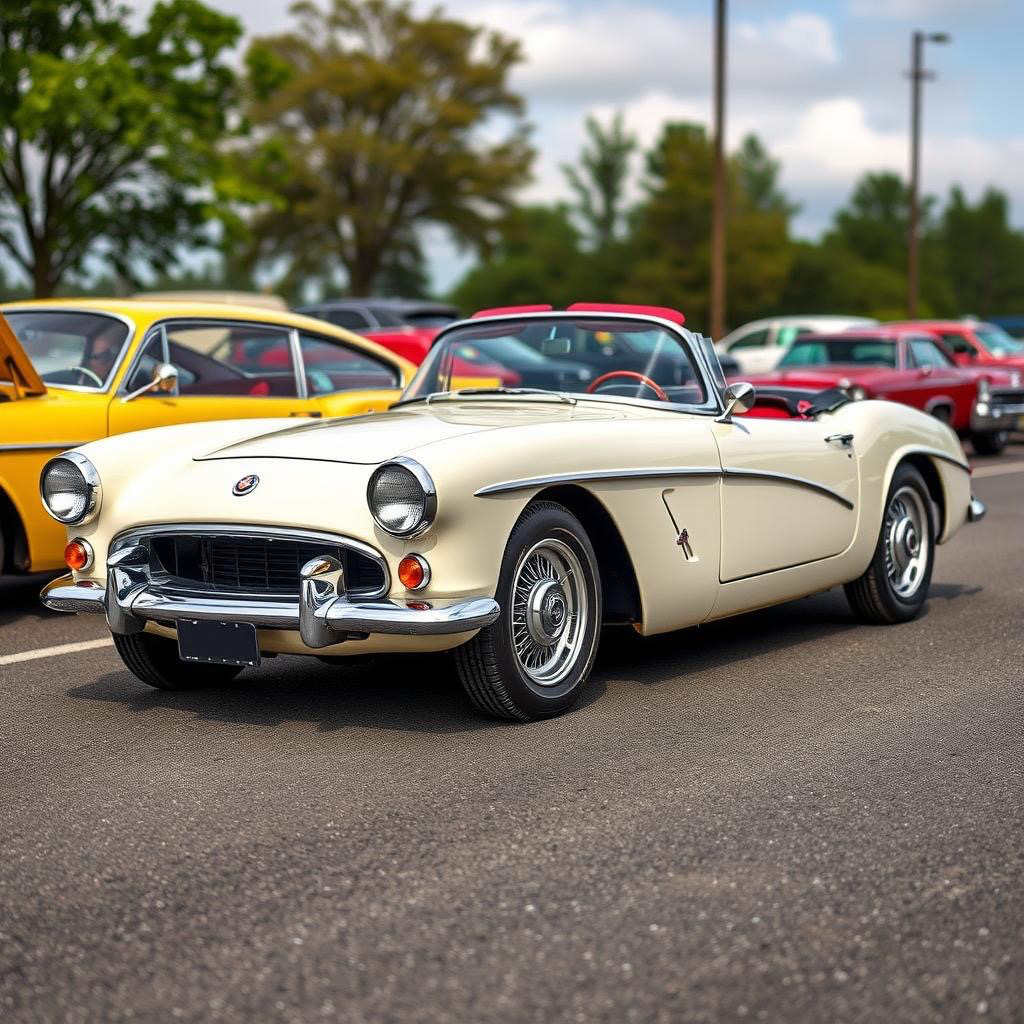
Classic car engines weren’t built for modern synthetic oils or today’s emission-focused formulations. The wrong oil can cause premature wear, valve damage, or loss of engine compression, especially in older, flat-tappet camshaft designs.
To ensure your vintage vehicle runs smoothly and retains its value, you need to understand:
- What makes classic car engines different
- Why zinc (ZDDP) matters
- The best oil types and brands for older engines
This article breaks down everything you need to choose the best motor oil for your classic car.
What Makes Classic Engines Different?
Classic engines (generally pre-1990) are built with:
- Flat-tappet camshafts that rely on high-pressure lubrication
- Looser internal tolerances
- Carburetors, not fuel injection
- Fewer sensors and emissions systems
Because of this, they require oil with higher levels of zinc (ZDDP) and specific viscosity ranges.
Understanding Zinc (ZDDP): The Classic Engine Protector

Zinc Dialkyldithiophosphate (ZDDP) is an anti-wear additive essential for protecting:
- Cam lobes
- Tappets
- Rocker arms
Modern oils have reduced zinc levels (especially after 2004) to protect catalytic converters. But classic engines without cats need high ZDDP levels—typically 1,200–1,400 ppm.
Without it, metal-on-metal wear can destroy an engine in under 10,000 miles.
Conventional vs Synthetic Oil for Classic Cars
| Oil Type | Pros | Cons |
| Conventional | Period-correct, great for infrequent driving | Shorter oil life, more sludge |
| Synthetic | Better thermal stability, lower friction | May cause leaks in old seals, more expensive |
| High-Zinc Blends | Best of both worlds | Must verify ZDDP content manually |
👉 Pro Tip: For most vintage engines, a high-zinc conventional or semi-synthetic oil is the safest choice.
Best Oils for Classic Car Engines (2025 Edition)
1. Valvoline VR1 Racing Oil (20W-50 or 10W-30)
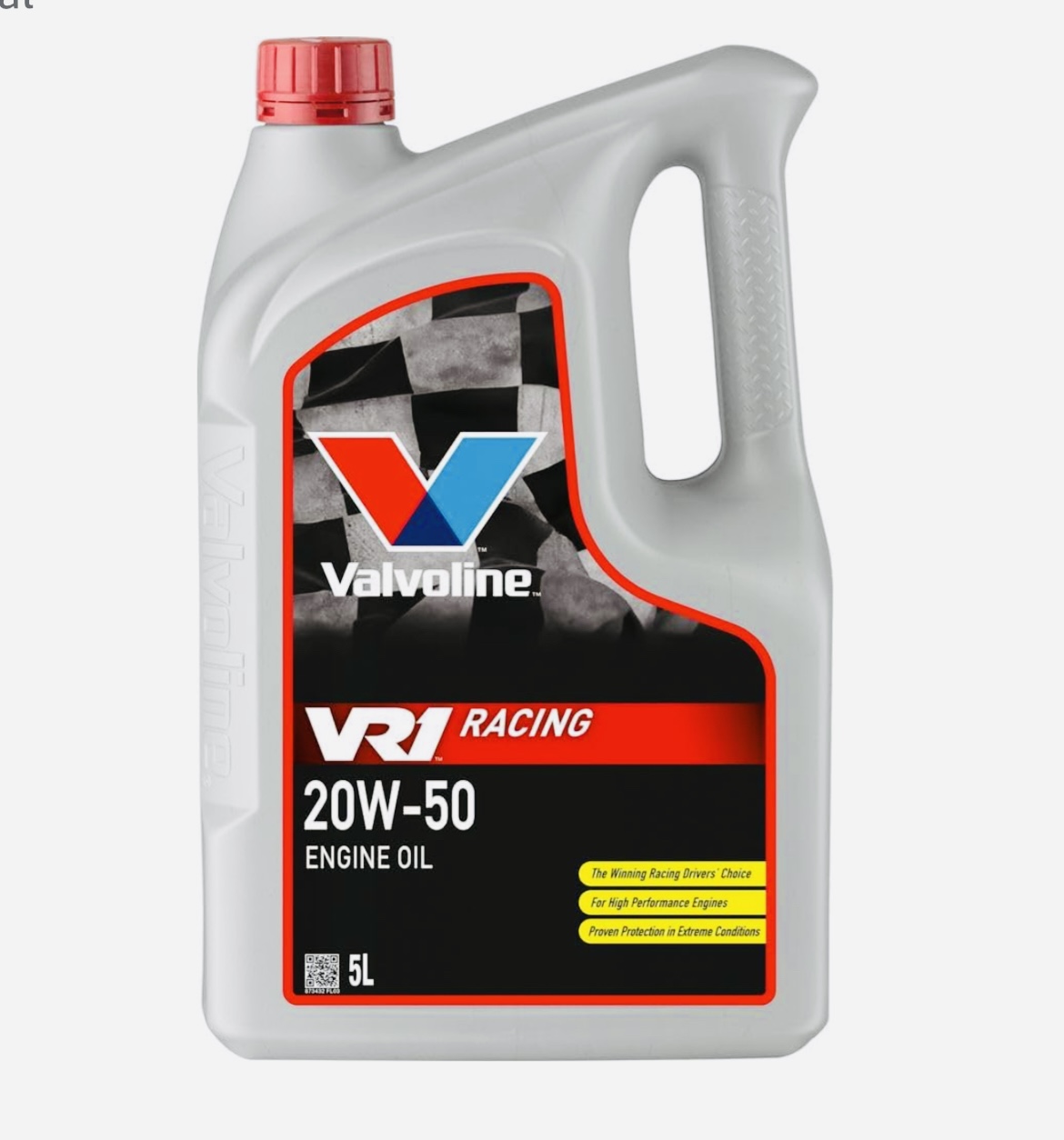
- ZDDP Level: ~1,300 ppm
- Pros: High zinc, excellent for flat-tappet cams, widely available
- Best For: Muscle cars, hot rods, daily-driven classics
2. Brad Penn Grade 1 (Penn Grade) High-Performance Oil
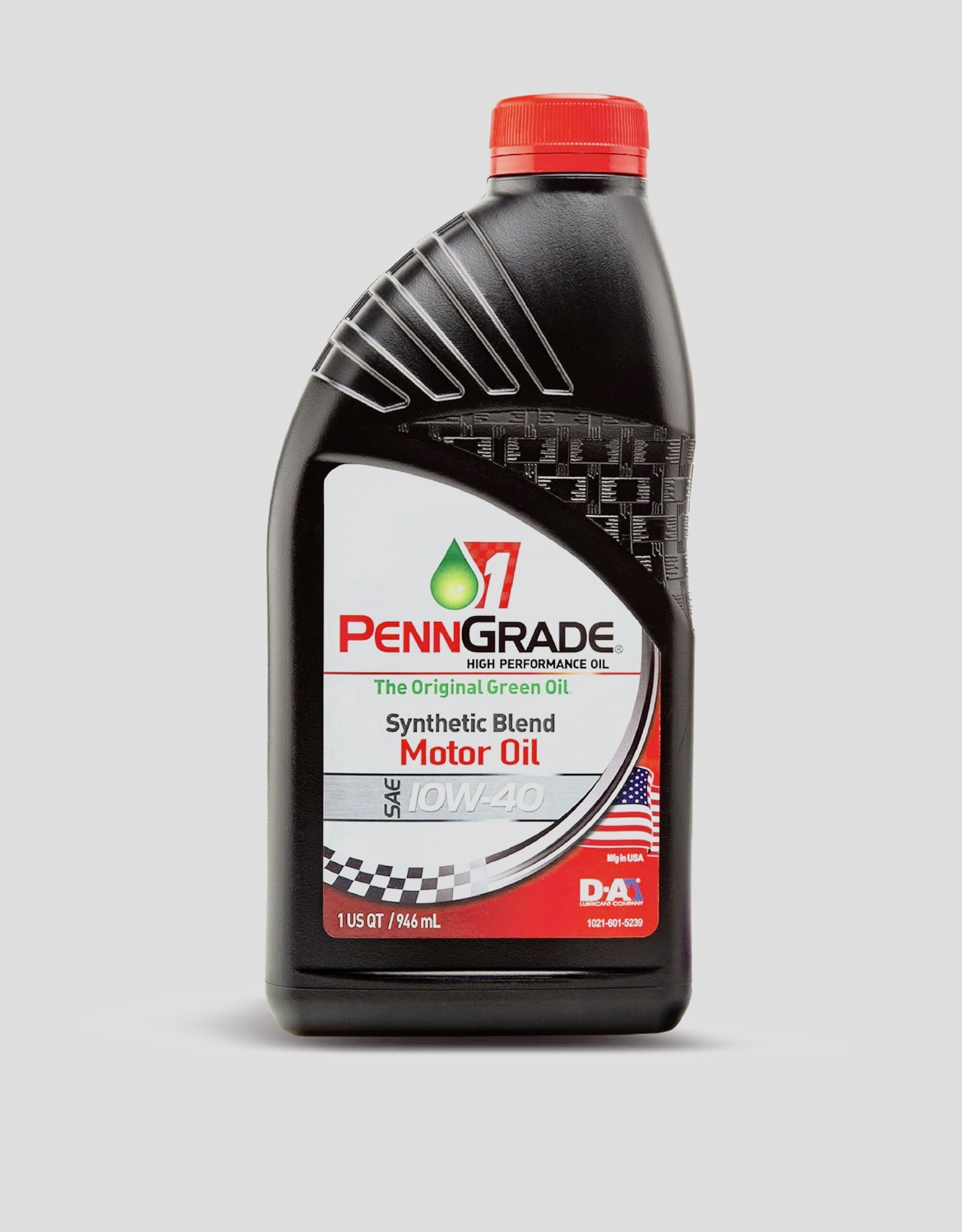
- ZDDP Level: ~1,200–1,400 ppm
- Pros: Excellent shear stability, green color, designed for classics
- Best For: Classic European sports cars, vintage race cars
3. Amsoil Z-Rod Synthetic Motor Oil
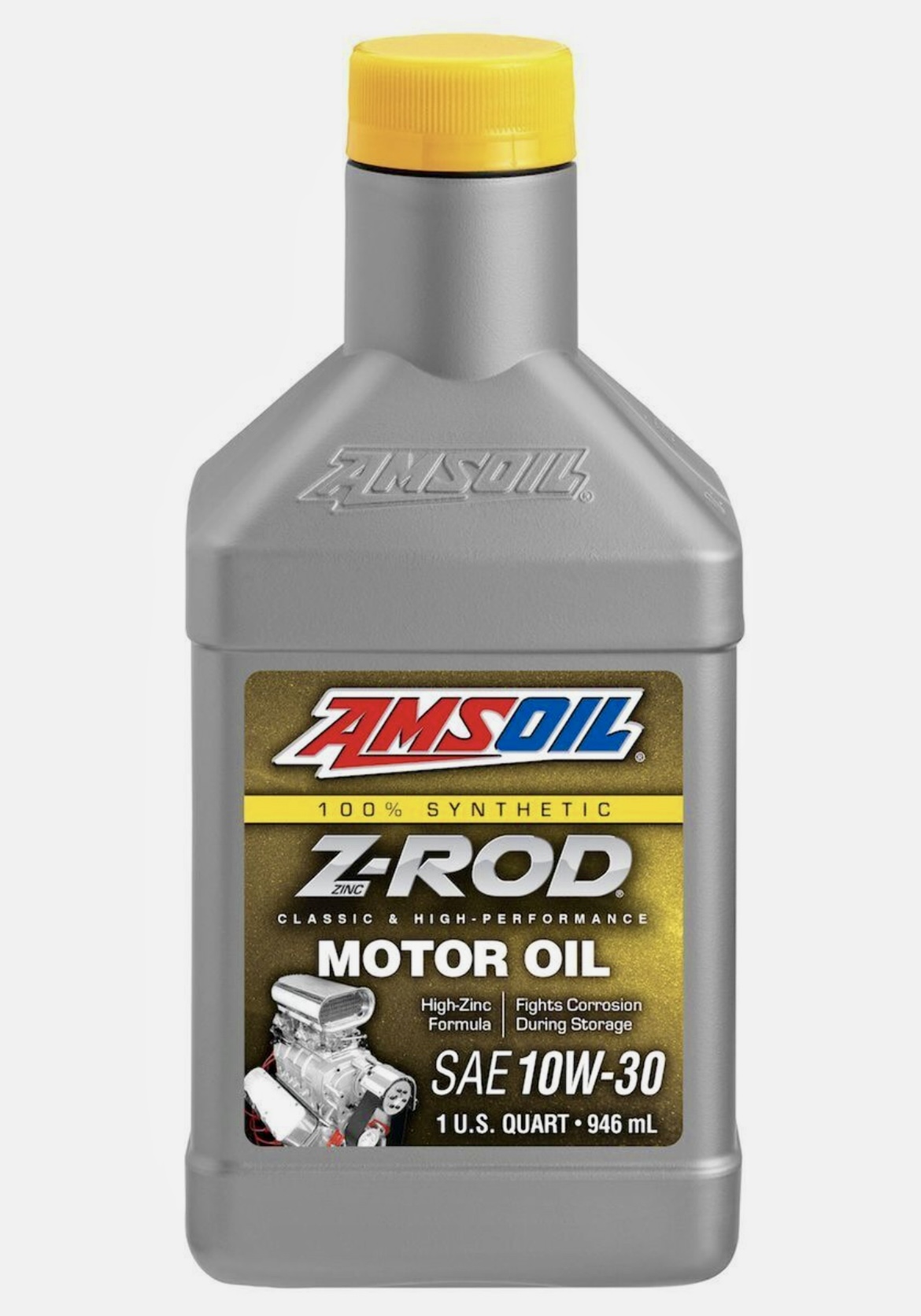
- ZDDP Level: ~1,440 ppm
- Pros: Outstanding protection during storage, excellent detergents
- Best For: Stored classics, rare collector cars
4. Royal Purple HPS Motor Oil
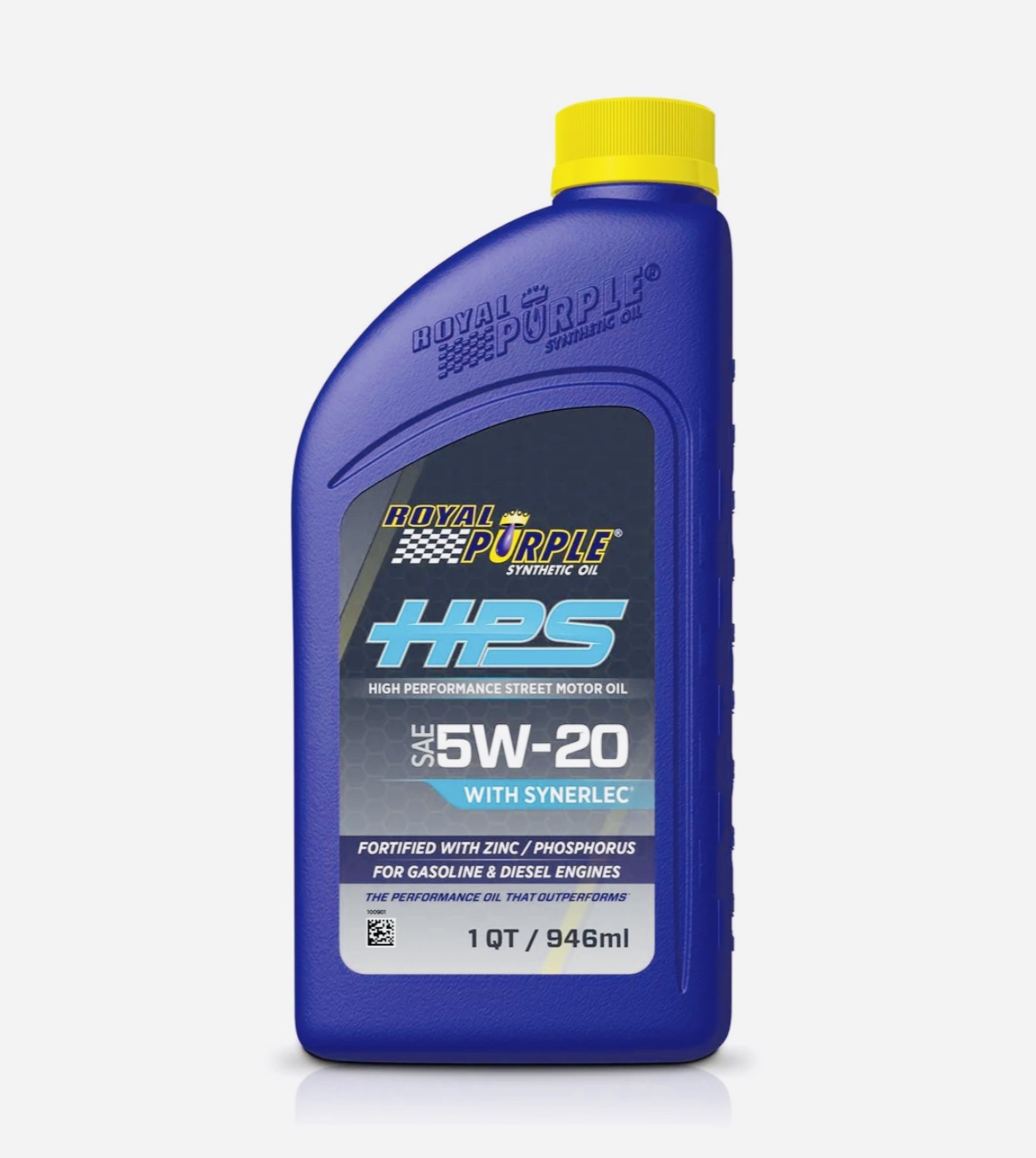
- ZDDP Level: ~1,200+ ppm
- Pros: Full synthetic with classic engine protection
- Best For: Modern classics (80s–90s), performance-tuned engines
5. Lucas Hot Rod & Classic Car Oil
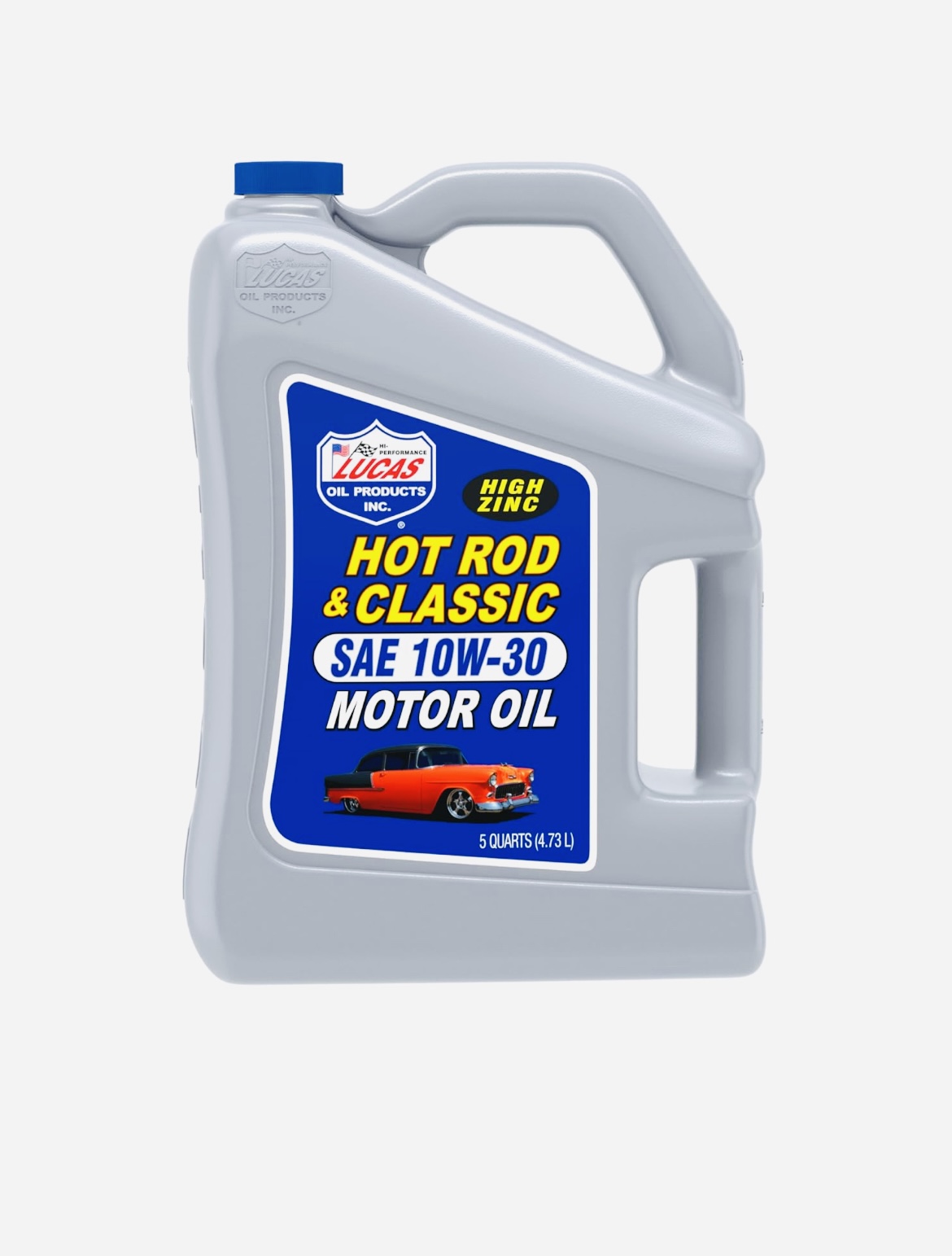
- ZDDP Level: 1,200+ ppm
- Pros: Developed for hot rods and vintage builds, great cold start protection
- Best For: Street cruisers, JDM classics, American V8s
What Viscosity Should You Use?
Always follow your owner’s manual if available. For most classics:
- 20W-50: Great for high-mileage engines and hot climates
- 10W-30: Ideal for cooler temperatures or lower-mileage engines
- 15W-40: Balanced choice for general use
👉 Note: Older engines were designed with looser tolerances, so thicker oils are often safer than the modern 0W-20 or 5W-30 blends.
Can You Add ZDDP Additives Instead?
Yes, but use caution. Not all ZDDP additives blend well with modern oil chemistry, and overdosing can lead to sludge and engine deposits.
Use only if:
- You’re using an oil with low ZDDP
- You understand the correct mixing ratio
👉 Safer bet? Buy an oil already formulated for high-ZDDP.
How Often Should You Change Oil in a Classic Car?
Even with low miles, change your oil at least once a year or every 3,000 miles, whichever comes first.
Why?
- Older engines let more fuel and contaminants into the oil
- Condensation can cause corrosion during long storage periods
Additional Oil Maintenance Tips
- ✅ Warm up the engine before an oil change (flows better)
- ✅ Replace the oil filter with every oil change
- ✅ Use filters with anti-drain back valves (for overhead cam engines)
- ✅ Label oil type and change date somewhere visible in the engine bay
Final Thoughts: The Right Oil = Engine Longevity + Value Retention
Using the best oil for your classic car isn’t just about performance—it’s about preserving your engine, protecting your investment, and enjoying every drive.
A well-maintained classic with proper oil records often sells for more and lasts longer—making this small decision a big one in the long run.
- Get link
- X
- Other Apps
Comments
Post a Comment